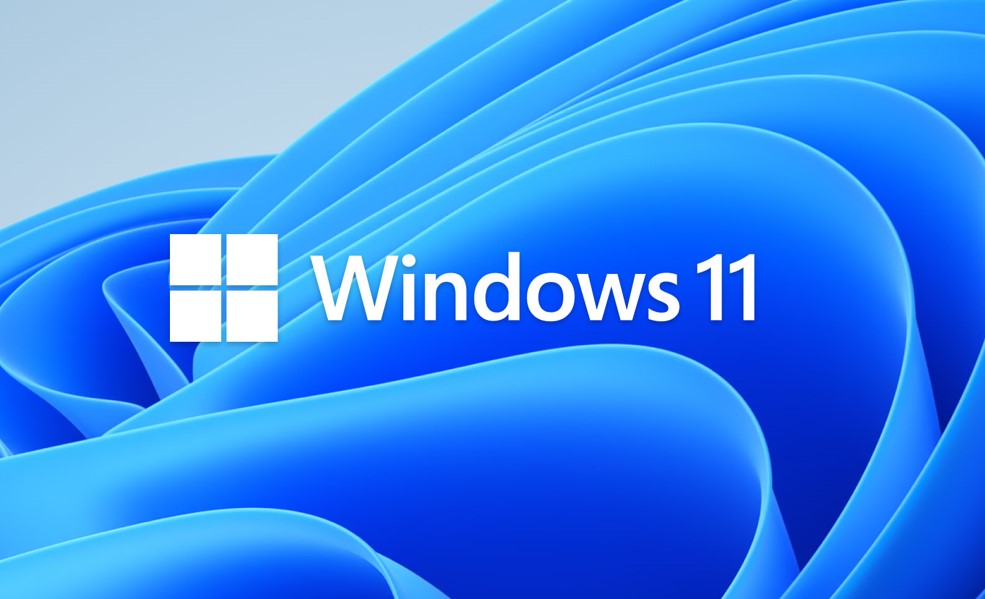Resizing and managing Windows in Windows 11 is a fundamental skill that enhances user experience and productivity. This comprehensive guide will delve into various aspects of window management, providing detailed instructions and tips to make the most out of your Windows 11 environment.

Introduction
Windows 11, with its sleek design and user-friendly interface, offers multiple ways to manage and resize windows. Understanding these features is crucial for an efficient and organized desktop. Whether you’re a professional juggling multiple tasks or a casual user, mastering window management can significantly impact your computing experience.
Also Read- How To Fix Windows 11 Hello Facial Recognition Not Working?
Understanding Window Management
Before resizing windows, it’s important to understand the concept of window management in Windows 11. The operating system is designed with multitasking and ease of use in mind, featuring tools like Snap Assist, adjustable corners, and intuitive keyboard shortcuts. These functionalities are not just for resizing but also for optimizing your workspace.
Step-by-Step Guide to Resizing a Window
Step 1: Opening the Window
Choose and open the application or window you wish to resize. This can be any program, from Microsoft Word to your favorite web browser.
Step 2: Locating the Window Edges
Move your cursor to the edges of the window. In Windows 11, when the cursor is in the correct position for resizing, it changes to a double-sided arrow.
Step 3: Resizing the Window
Click and hold the left mouse button when the cursor turns into a double-sided arrow. Drag the edge of the window to resize. This action can be performed on any side of the window – top, bottom, left, or right.
Step 4: Diagonal Resizing
For diagonal resizing, use the corners of the window. This method allows you to adjust both the height and width of the window simultaneously.
Step 5: Keyboard Shortcuts
Windows 11 supports various keyboard shortcuts for window management. For instance, pressing Windows key + Arrow key snaps the window to the corresponding side of the screen or maximizes/minimizes it.
Step 6: Utilizing Snap Layouts
Snap Layouts is a feature unique to Windows 11. By hovering over the maximize button or using Windows key + Z, you can choose from different layout options, enabling efficient organization of multiple windows.
Step 7: Precision Control through Settings
For more precise control over window sizes, access the System Settings. Under the System category, the Display settings allow adjustments to scaling, affecting the size of windows and text.
Step 8: Saving Your Layout
While Windows 11 doesn’t natively save window layouts, third-party software solutions are available to remember and restore your preferred setups.
Step 9: Mastering Shortcuts
Familiarize yourself with a variety of keyboard shortcuts. These can significantly speed up the process of resizing and repositioning windows.
Step 10: Resetting Window Size
To return a window to its default size, double-click the title bar or use the Alt + Spacebar shortcut, then select ‘Restore’.
Also Read- autopilot.dll wil error Reported On Windows 11- Issue Solved
Advanced Window Management Tips
- Multi-Monitor Environments: In a multi-monitor setup, dragging windows across screens might require additional resizing to accommodate different resolutions and dimensions.
- Accessibility Features: Windows 11’s accessibility features, like the magnifier and high contrast modes, can assist in better viewing and managing of windows.
- Personalization: Dive into the personalization settings of Windows 11 to tailor the appearance and behavior of your windows to your preferences.
- Third-Party Tools: Consider exploring third-party applications for advanced features like automatic resizing, custom snap layouts, and more.
Efficiency in Multitasking
Understanding how to efficiently resize and manage windows is key to multitasking in Windows 11. Arranging windows side by side, using Snap Layouts, and familiarizing yourself with keyboard shortcuts can significantly enhance your ability to work on multiple tasks simultaneously.
Customization for Personal Workflow
Customizing the way you manage and resize windows can align with your personal workflow. Windows 11 offers a level of customization that, when utilized effectively, can make your daily tasks more manageable and your overall computer use more enjoyable.
Conclusion
Mastering window resizing and management in Windows 11 is not just about altering the size of a window; it’s about optimizing your workspace, improving productivity, and personalizing your computing experience. With the steps and tips provided in this guide, you can take full advantage of what Windows 11 offers in terms of window management. Practice and exploration are key – the more you experiment with these features, the more intuitive and efficient your workflow will become.

































